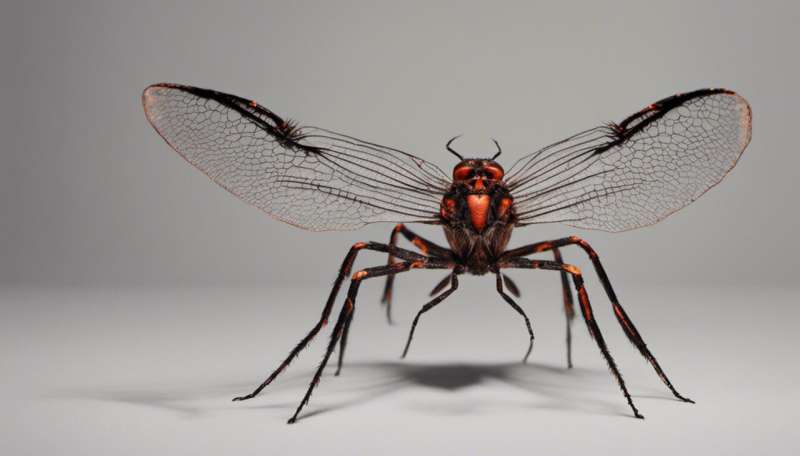Mutant flies give mixed-up mating messages

Ruifen Weng did not originally set out to study fly sexual behavior. As a researcher in Stephen Cohen's laboratory at the A*STAR Institute of Molecular and Cell Biology, Singapore, she was attempting to clarify the function of the miR-124 gene in neuronal development. When Weng generated flies in which this gene was deleted, however, she observed striking shifts in courtship and mating activity that ultimately led her and her co-workers to important new insights into pheromone function.
Male flies typically engage in an elaborate series of mating rituals that draw the attention of females, but are of little interest to other males. "Weng noticed a characteristic behavior that reflects altered sexual orientation, in which male flies court other males," says Cohen. "They would sometimes form chains—like conga lines." These miR-124 mutants were also less successful at mating, and generally tended to be rejected by females. Remarkably, the mutant males appeared to draw increased sexual interest from other male flies, even from normal flies.
Based on these altered social dynamics, the researchers suspected that the miR-124 gene might affect production of the various male pheromones that help attract prospective partners. They observed clear differences in the pheromone profiles of mutant and normal males, including decreased levels of 11-cis-vaccenyl-acetate (cVA)—a chemical signal that draws females and repels males. Accordingly, 'perfuming' mutant flies with cVA greatly improved their chances of successfully mating with females.
The miR-124 gene encodes what is known as a microRNA, a short RNA molecule that does not encode a protein but instead regulates the function of other protein-coding genes. Weng and Cohen identified the transformer gene as one of miR-124's targets in the fly brain. Transformer is transcribed to produce an RNA molecule that can be processed into either a 'male' (TraM) or 'female' (TraF) form, and the resulting protein plays a critical role in subsequent sexual development.
The researchers subsequently determined that miR-124 exerts its effects by minimizing production of TraF in the male brain. "We found this important role for non-coding RNAs in fine-tuning chemical cues associated with insect social behavior to be very interesting," says Weng.
She and Cohen are now focused on untangling how miR-124 activity in the brain alters pheromone production elsewhere in the body. "Pheromones are produced by a group of epidermal cells in the fly abdomen, where miR-124 is not expressed," says Weng. "Our aim is to understand the molecular aspects of this regulation."
More information: Weng, R., et al. miR-124 controls male reproductive success in Drosophila, eLife 2, e00640 (2013). elife.elifesciences.org/content/2/e00640
Journal information: eLife



















